Tech-Integrated Office Chairs for Posture Correction
Today’s chosen theme: Tech-Integrated Office Chairs for Posture Correction. Explore how sensor-guided ergonomics, real-time coaching, and human-centered design can transform everyday sitting into a healthier, more mindful habit. If this resonates, subscribe for weekly insights and share your posture questions with us.
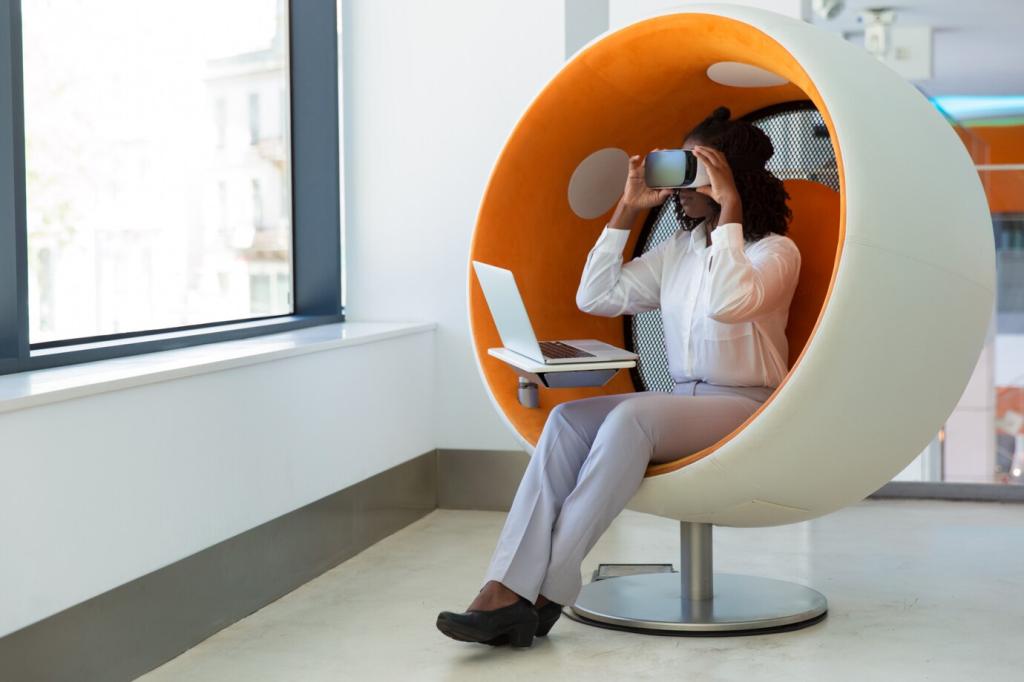
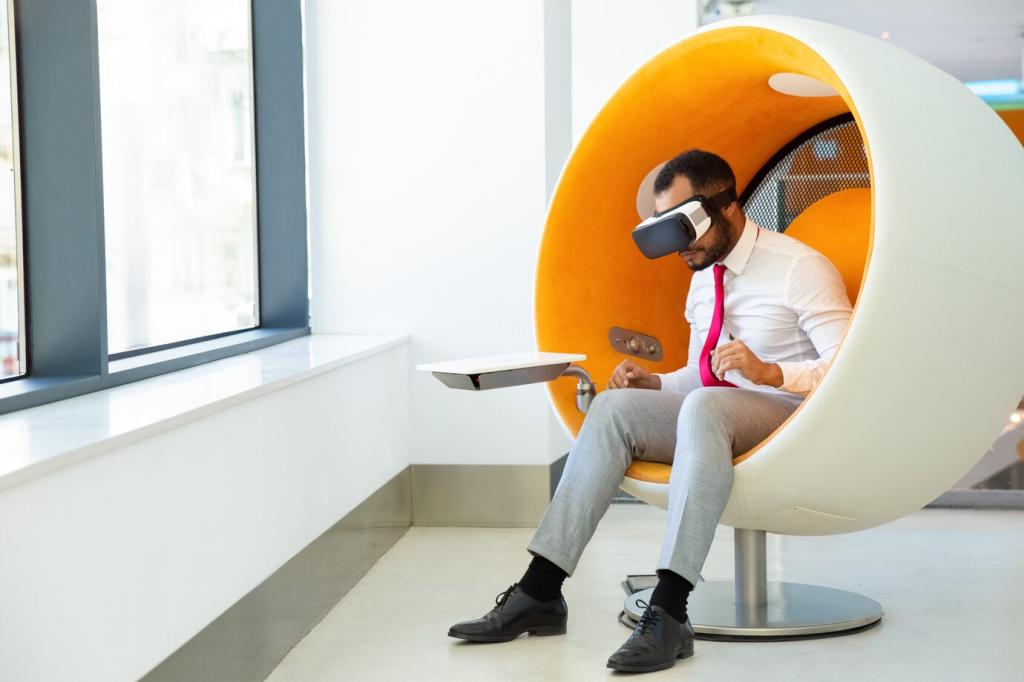
Why Smart Chairs Are Changing Posture Correction
Under-seat pressure maps, tilt sensors, and lumbar load detection read your posture in real time, building a pattern of how you actually sit. Instead of one-size-fits-all advice, you get feedback that respects your unique body and workflow.
Why Smart Chairs Are Changing Posture Correction
Vibration nudges, soft light pulses, or a quiet app notification arrive only when sustained slouching appears, not every tiny shift. This keeps you focused while steadily guiding you back to neutral alignment and healthier micro-movements.
Setup and Calibration for Immediate Comfort
Set seat height so your hips are slightly above your knees and feet rest flat. This helps your pelvis find neutral, letting your spine’s natural curves stack comfortably before the chair’s guidance even begins.
Setup and Calibration for Immediate Comfort
During calibration, lean back gently so the chair maps your lumbar shape and preferred firmness. Save profiles for different tasks, like writing, coding, or calls, so support adapts when your workday shifts.
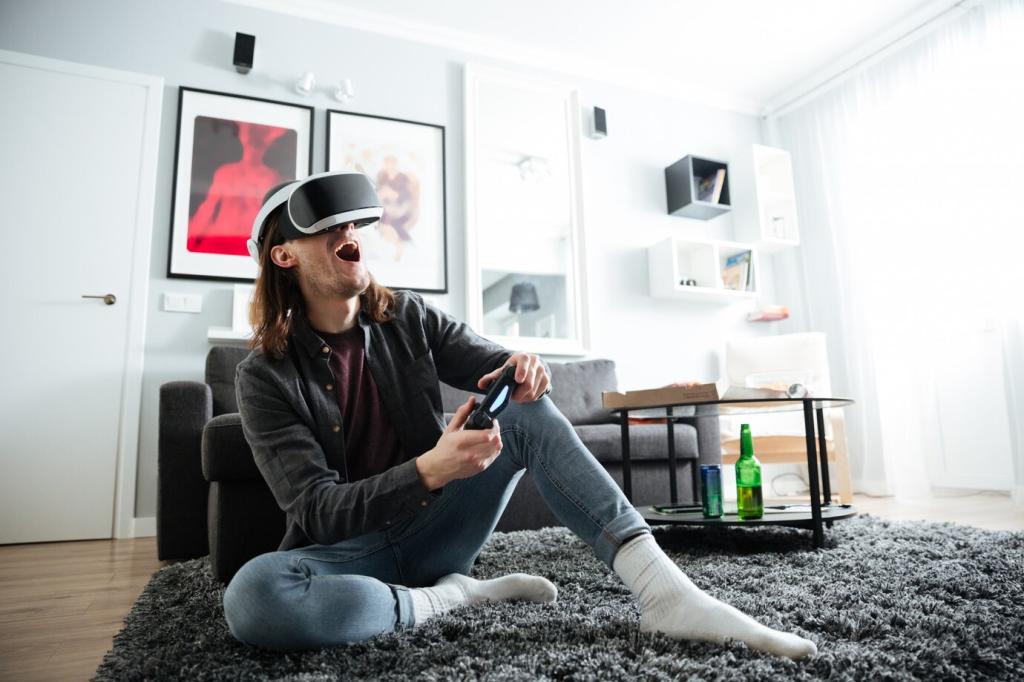
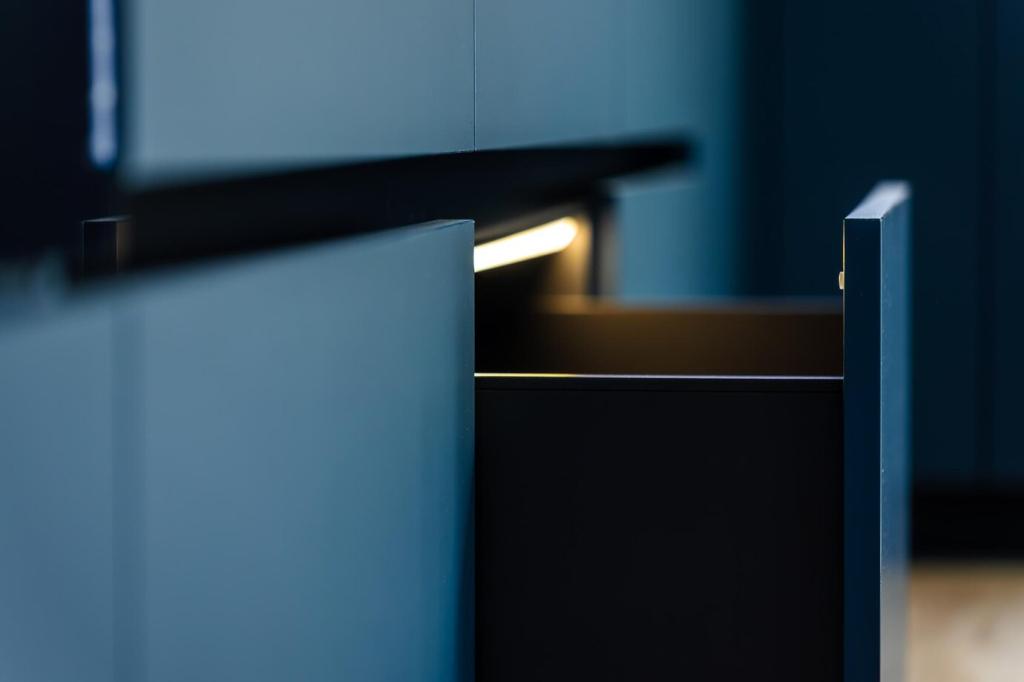
Daily Coaching Without Distraction
Micro-nudges that build better habits
Rather than scolding, the system celebrates small wins—ten minutes of neutral posture, a smooth pelvis reset, a well-timed stretch. Over weeks, these micro-wins add up to noticeably steadier comfort and fewer afternoon slumps.
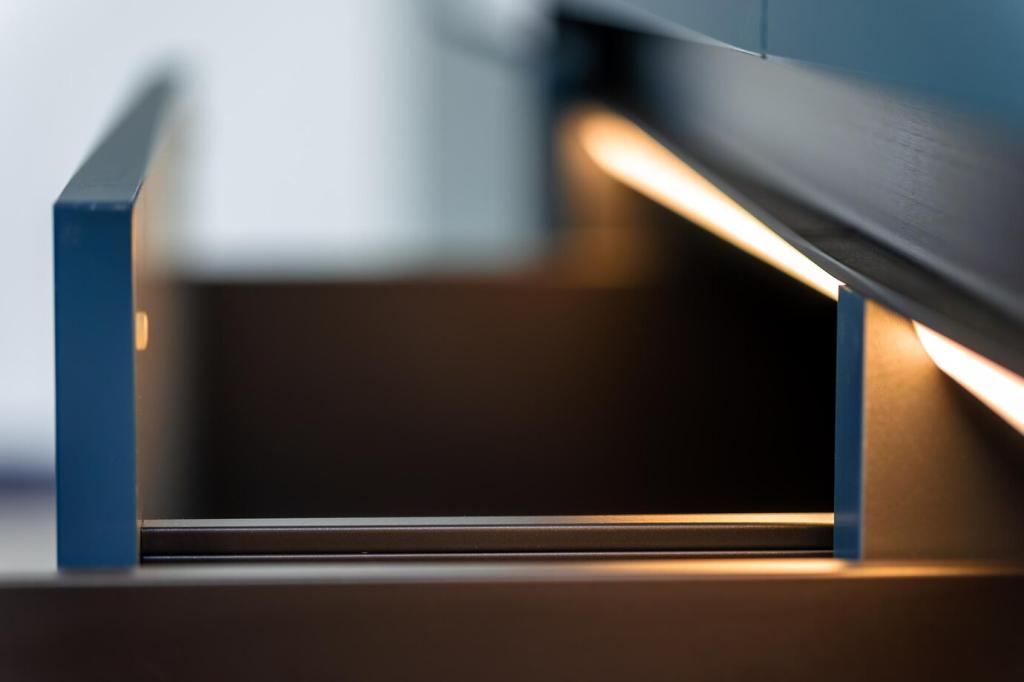
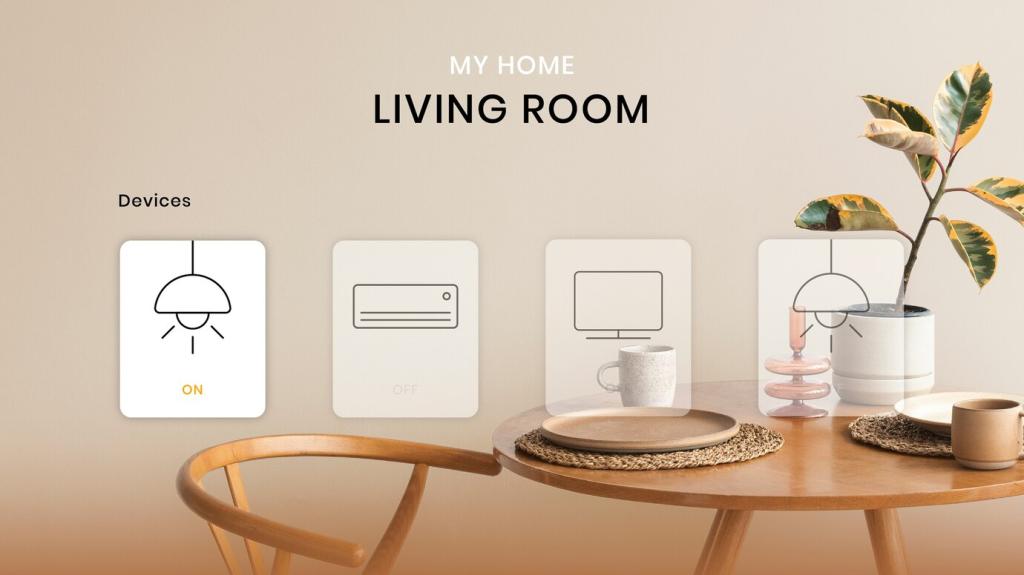
Gentle rhythms for movement
Periodic reminders suggest posture resets, ankle pumps, or a standing interval. The cadence adapts to you, recommending movement when your sitting behavior shows fatigue patterns rather than on a fixed, annoying timer.
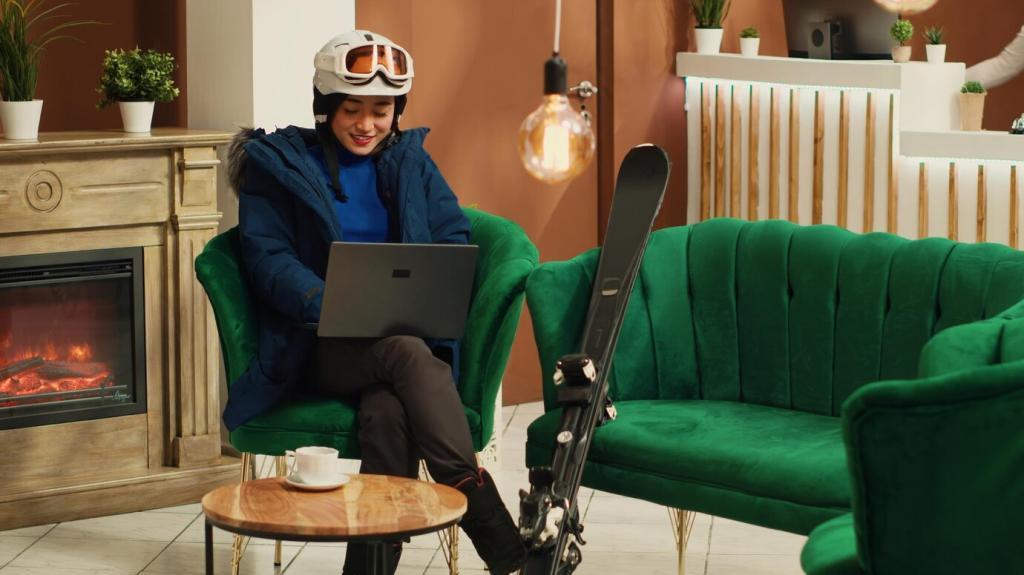
Dynamic lumbar that truly follows you
Articulated lumbar wings and responsive tension springs track your spine through recline, keeping support in the right spot instead of drifting. This reduces the urge to perch forward and locks in comfortable endurance.
Adaptive seat and breathable materials
Pressure-diffusing foam or mesh helps distribute load through the thighs, while breathable textiles manage heat buildup. Together with sensors, the seat encourages subtle weight shifts that keep circulation lively during long sessions.
Quiet motors, durable mechanisms
Low-noise actuators adjust lumbar height or firmness with minimal distraction. High-cycle components are engineered for daily use, ensuring the tech feels dependable, not delicate, throughout your busiest seasons at work.
Privacy, Safety, and Responsible Use
Choose local-only analytics when possible, or review what leaves your device and why. Anonymized posture aggregates can guide habit insights without exposing personal details. Share what privacy options you value most—your feedback helps shape better defaults.
Privacy, Safety, and Responsible Use
Battery modules should meet safety standards and charge predictably. Keep firmware updated, wipe sensors gently, and schedule occasional checks so feedback remains accurate and the hardware stays quiet, safe, and reliable.
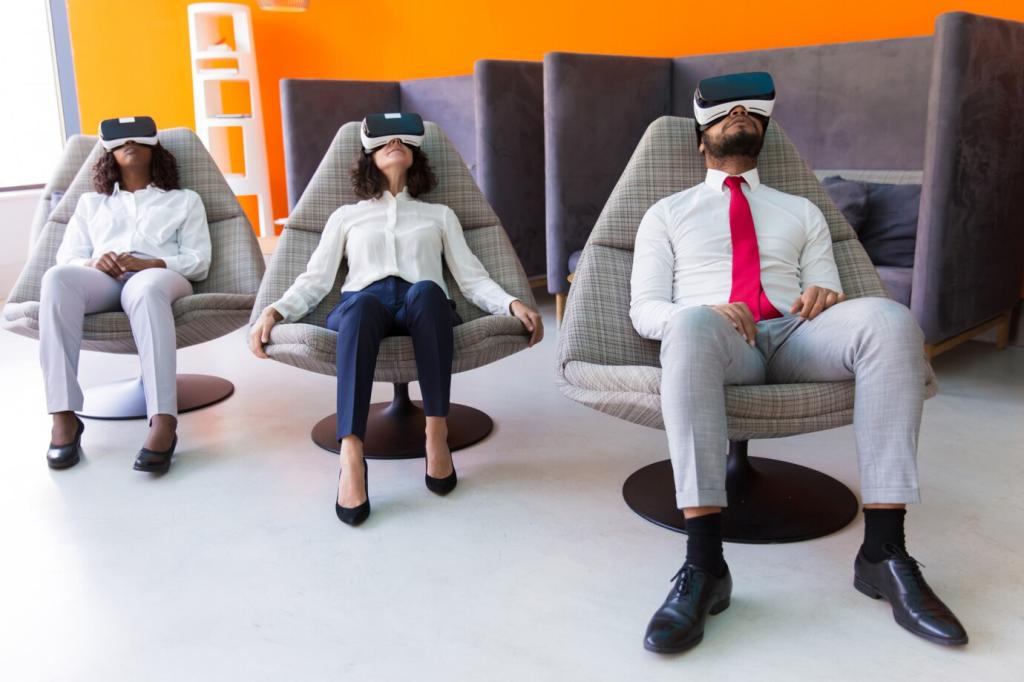
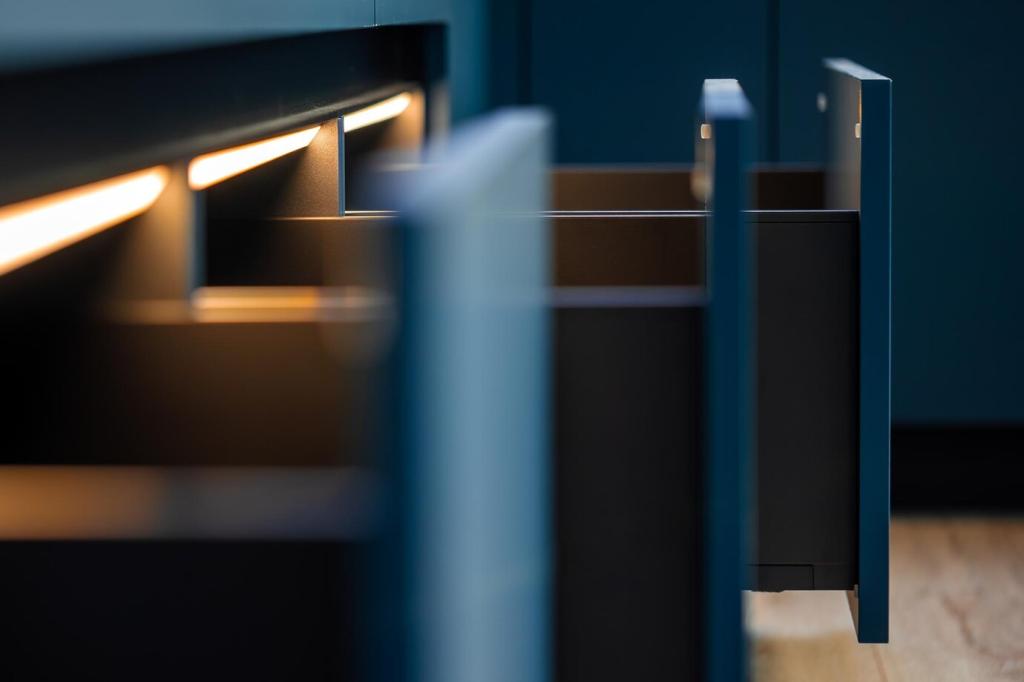
Stories from Real Desks
After calibrating on Monday, Ravi muted reminders during code sprints and enabled them between commits. By Friday, his summary showed fewer slouch episodes and surprisingly higher energy during late-afternoon reviews.
Maya mapped two profiles—sketching and deep layout. The chair softened lumbar during brainstorming reclines, then firmed up for precise spacing work. She reported calmer shoulders and welcomed the chair’s quiet suggestions.
Pilot participants opted into anonymized metrics, tracking neutral posture minutes across the month. Instead of competition, they focused on consistency. Engagement rose when micro-break suggestions aligned with meeting calendars.
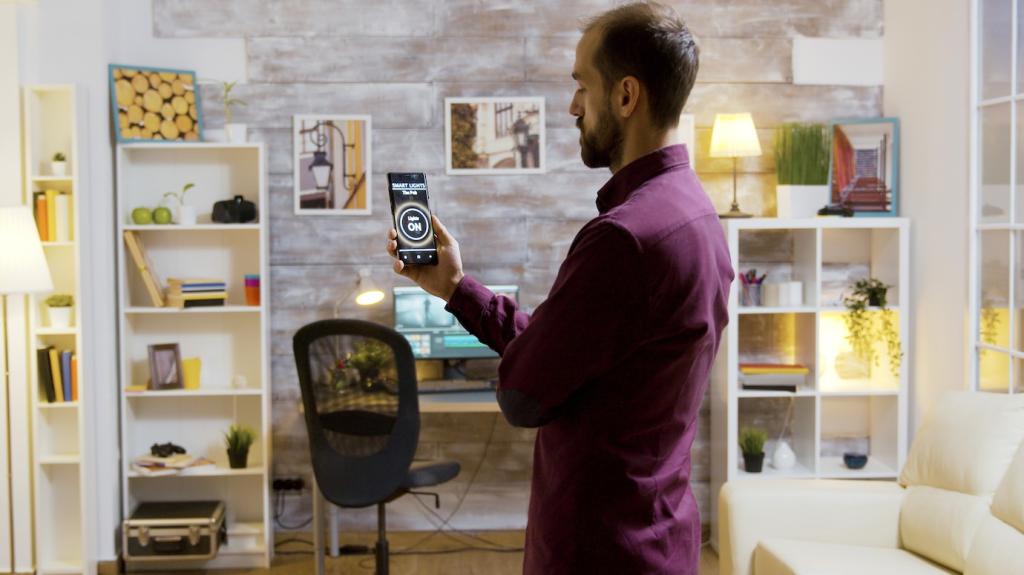
Desk height and arm support synergy
Set your desk so forearms rest level with the keyboard, shoulders relaxed. Armrests should meet your elbows, not lift them. This harmony reduces upper-back strain and lets the chair’s lumbar support truly shine.
Monitor alignment for neutral gaze
Raise the top of your monitor near eye level and keep it an arm’s length away. Your neck will thank you, and the chair’s cues will align with a natural, effortless viewing posture throughout the day.
Join our mailing list
